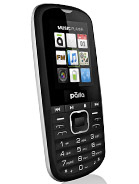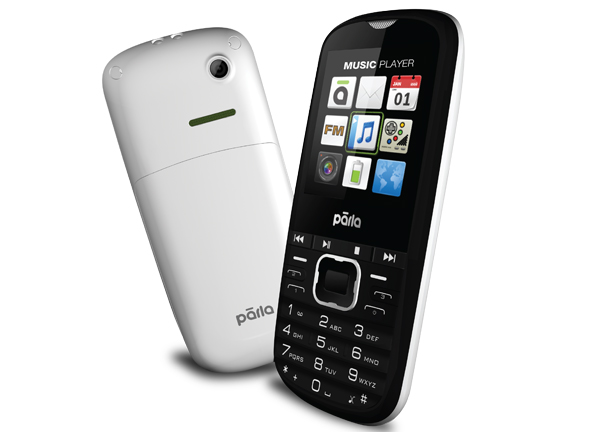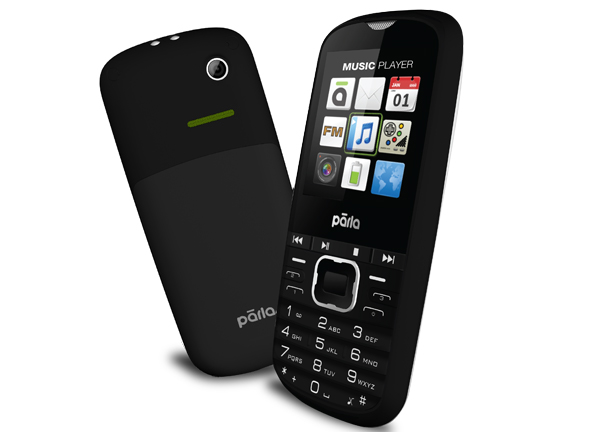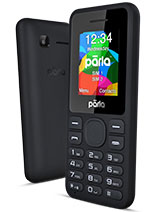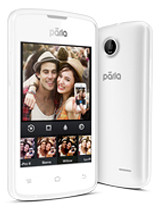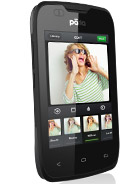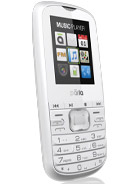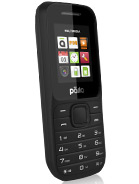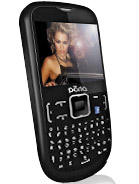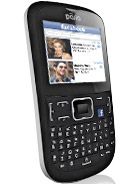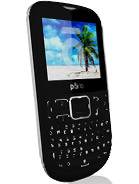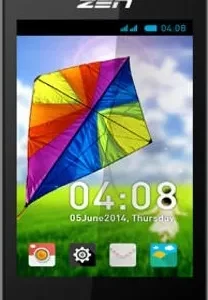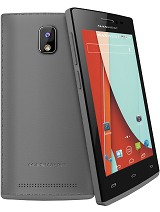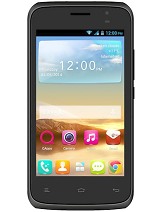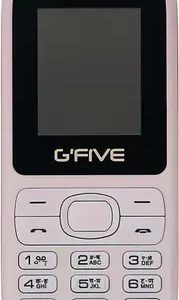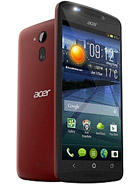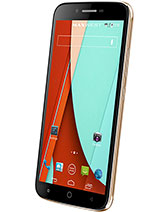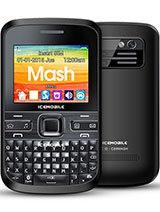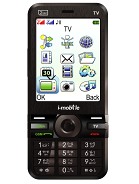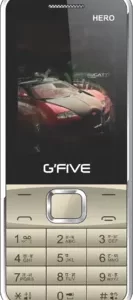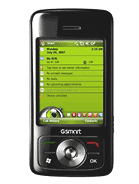Parla Zum Overall Review
The Parla Zum emerged as a feature phone catering to users looking for simplicity, durability, and affordability. Weighing around 90 grams and with a thickness of 13.4mm, the device is notably lightweight and easy to carry. It sports a 1.8-inch display with a resolution of 128×160 pixels, which, while modest by today’s standards, was sufficient for the phone’s target audience and primary functions such as calling and texting.
Storage is limited to 32Mb with 16Mb RAM, but the Parla Zum supports microSDHC for expandable storage, accommodating users’ basic needs for storing contacts, messages, and a small collection of media files. The camera is a simple 0.3 MP, designed for basic photography – a feature that aligns with the phone’s emphasis on essential functions.
The Parla Zum stands out for its focus on core features, eschewing the complexities and high costs associated with smartphones. Its design and specifications reflect a commitment to providing a straightforward mobile experience, prioritizing communication and basic functionality.
Pros and Cons
Pros
- Extremely lightweight and portable.
- Simple, user-friendly interface.
- Support for microSDHC cards for expandable storage.
- Very affordable, targeting users who need a basic mobile phone.
Cons
- Limited features and functionality compared to smartphones.
- Low-resolution camera and display.
- Minimal internal storage and RAM.
